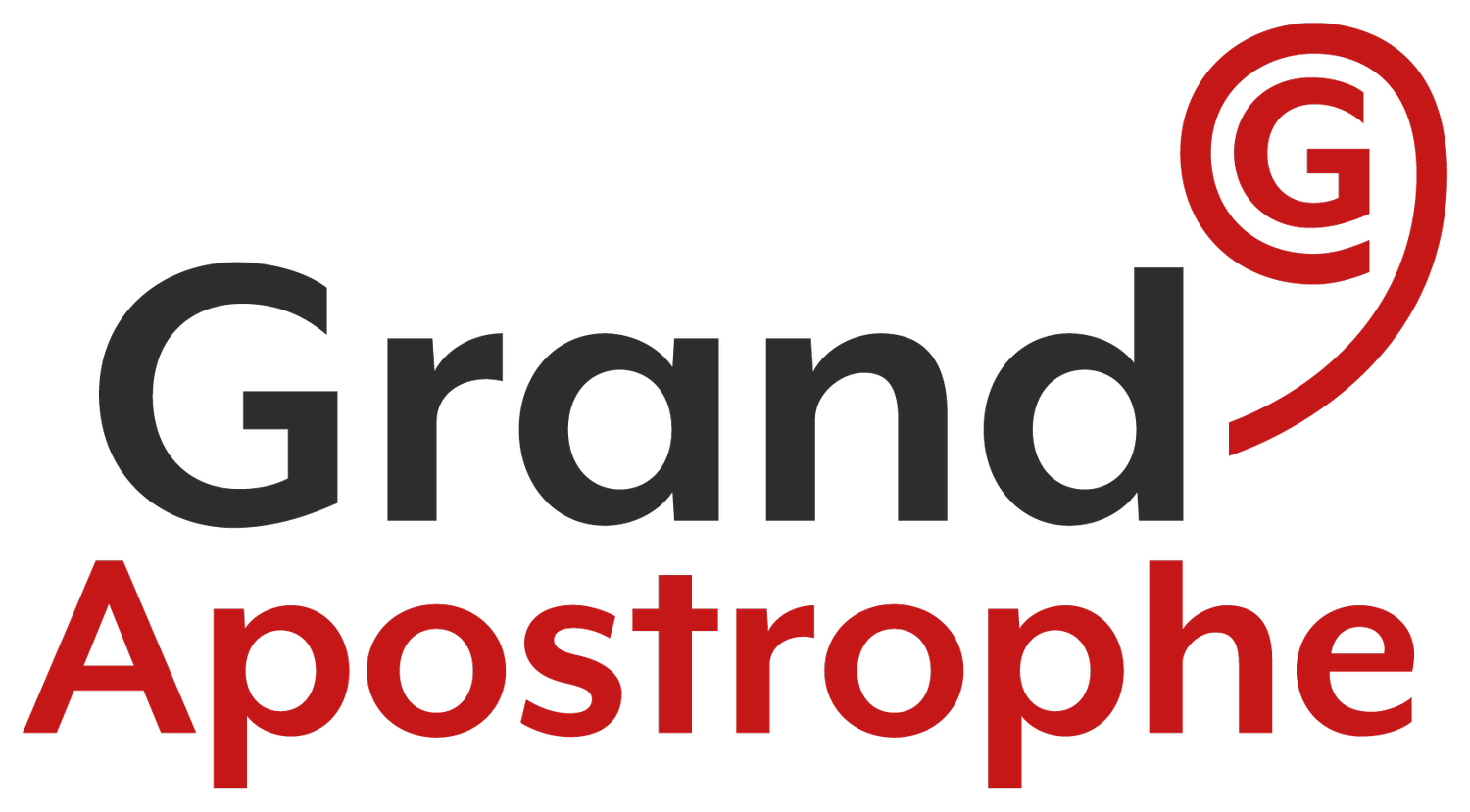Proofreading
Proofreading is the last line of defence between your project and its publication.
My service includes:
Checking the table of contents for consistency with the text, and making sure pre-publication elements like running heads are correct
Ensuring illustrations are correctly placed and legible, and that they are accompanied by the correct captions
Following cross references to make sure that they resolve at the appropriate point in the text
Making sure numbering (e.g. chapter and section numbering, numbers in lists and captions) is sequential
Examining any additional material that may not have been copyedited, such as dedications, or late additions to the text
Spot-checking the index for accuracy
Raising urgent queries, particularly if a detail has become outdated since the original draft was written
Making the text ready for publication
Above all else, my job is to make sure that, if the text were to be published tomorrow, the reader would find the text clear, engaging and professional.
A note for authors
Copyediting and proofreading are two different things. If you’re an author in the drafting stages of a piece of writing, you’ll probably be looking for copyediting. This is because proofreading takes place towards the end of the publishing process, and doesn’t usually involve making bigger changes, like rewording.
Applications
Proofreading can be done in a variety of environments and platforms. I’m proficient working in:
Adobe Acrobat
Microsoft Word
LaTex
The two ‘types’ of proofreading
As a proofreader, I’m usually asked to do one of two things:
Proofread the final text and mark up any corrections. You might have a style guide or a brief for me to work to, or you might simply ask me to assume the role of a reader and mark up any errors or inconsistencies.
Proofread the final text, checking it against an earlier version of the text. You might want to check that the designer hasn’t omitted anything from the final text, or that corrections marked up in a previous draft have been implemented.
Of course, I’m happy to do both!
Colin applied his skills to a research paper, which resulted in publication. He was recommended to me by another academic because his work adds significant value.
– Michelle Barrow, academic



